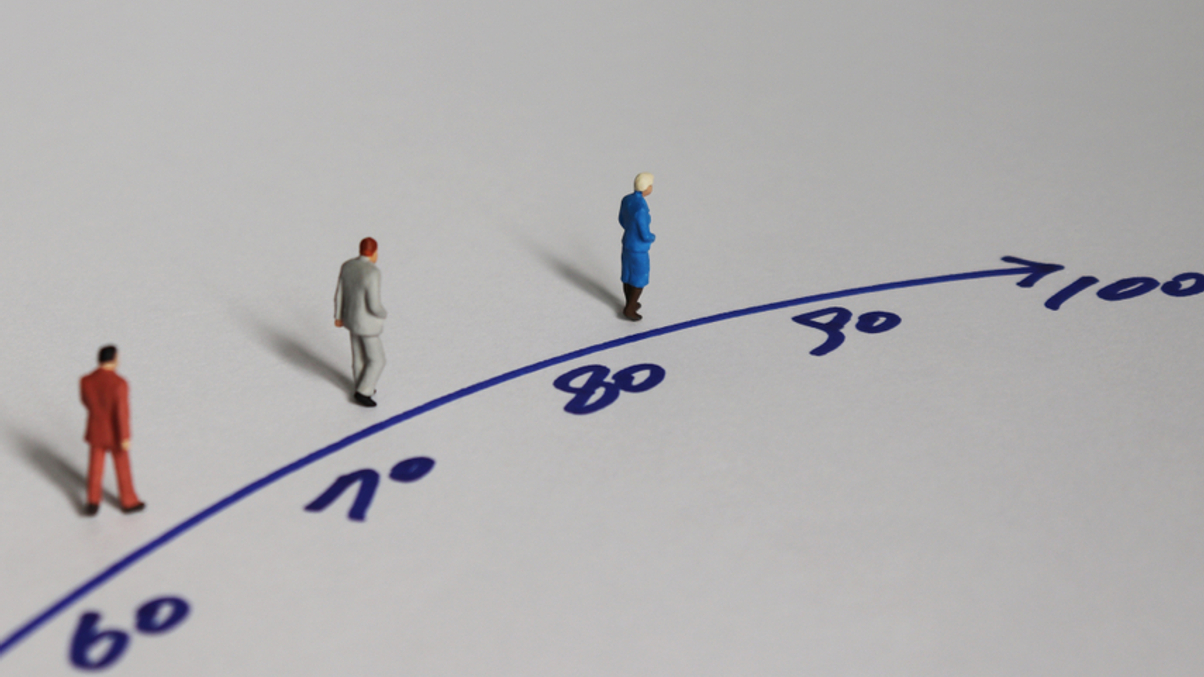Overhauling Japan’s pensions system
Japan’s retirement system is in need of drastic change, but is the gradual shift to defined-contribution plans just a cop out?

The Japanese pension system is in need of change. Given the size and sophistication of the country, Japan ranks a lowly 31 out of 37 on the Melbourne Mercer Global Pension Index (MMGPI), a gauge of how well a developed market's pension system is geared to meeting long-term needs.
Sign In to Your Account
Access Exclusive AsianInvestor Content!
Please sign in to your subscription to unlock full access to our premium AI resources.
Free Registration & 7-Day Trial
Register now to enjoy a 7-day free trial—no registration fees required. Click the link to get started.
Note: This free trial is a one-time offer.
¬ Haymarket Media Limited. All rights reserved.


